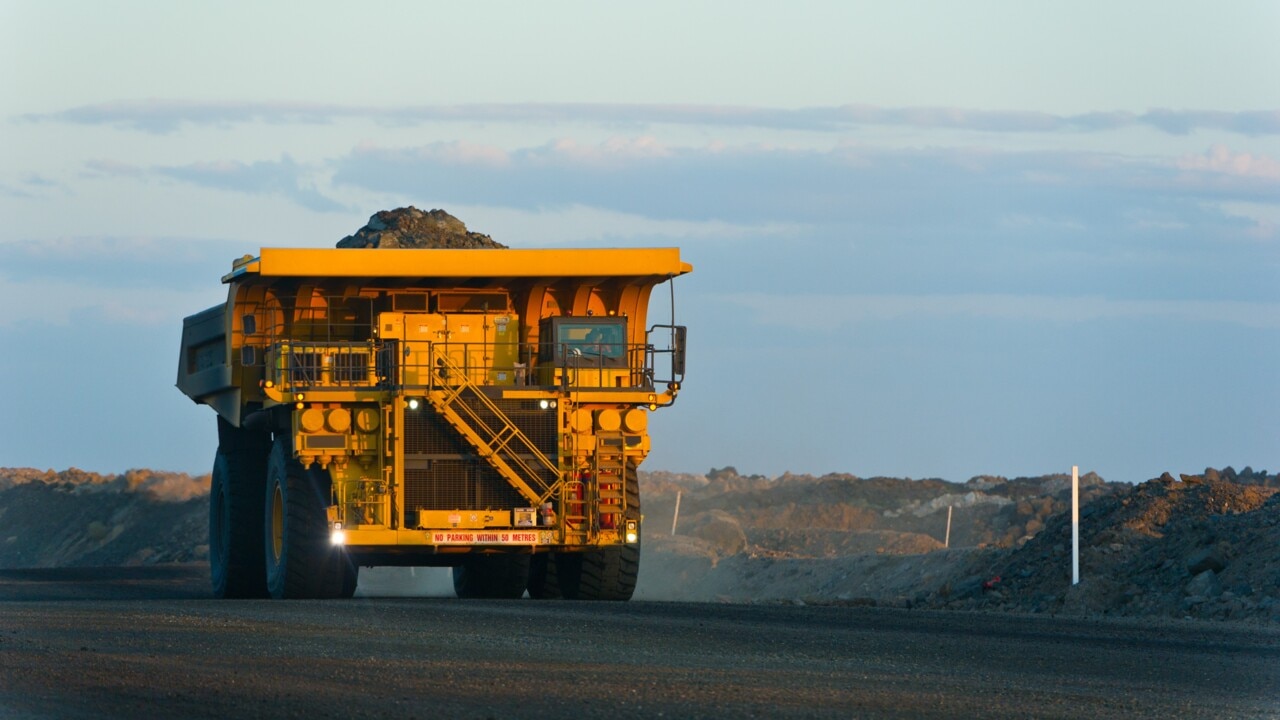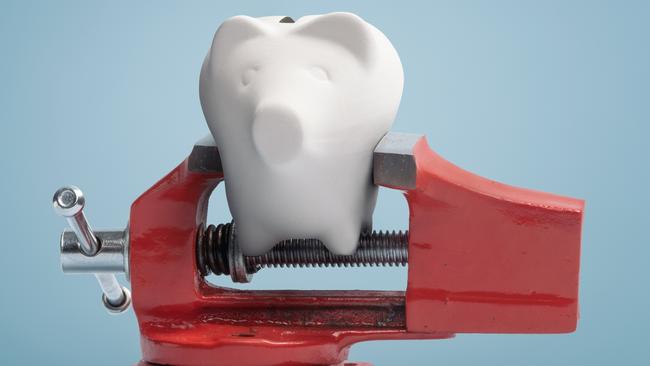Economic weakness strengthens case for interest rate cuts
Our economy is just keeping its head above water, and weakness in new GDP numbers suggests interest rate cuts could come soon.

Business
Don't miss out on the headlines from Business. Followed categories will be added to My News.
The risk of a recession in Australia dropped dramatically this week as new data showed our economy continues to grow slightly, but that won’t ease the pressure on a large chunk of households.
The official Bureau of Statistics numbers put economic growth at 0.2 per cent for the final three months of calendar 2023, and a lacklustre 1.5 per cent for the year.
Despite continuing weakness, we are not even halfway to a recession, which is often defined as two straight quarters of negative gross domestic product (GDP).
And unless something disastrous happens in the current March quarter, we should avoid a GDP fall again – partially thanks to the leap year delivering an extra working day on February 29 that KPMG says will add around $6.6bn to the economy.
“This 1.1 per cent kicker to quarterly GDP should be enough to ensure that the March quarter will not fall into negative territory … we aren’t called the Lucky Country for nothing,” says KPMG chief economist Brendan Rynne.
However, many consumers and businesses won’t be feeling lucky as they battle high mortgage repayments – up 62 per cent since May 22 thanks to 13 Reserve Bank interest rate rises – weak retail sales, rising insolvencies and surging living costs that have outpaced wage increases for almost two years.

For them, it already feels like a recession, especially if they do not have solid job security or income as the unemployment rate starts to rise.
On the other side of the fence are Aussies who own their own homes and have piles of cash in the bank. They have benefited from the triple boost of rising home values, investment growth and higher interest paid on their deposits.
They’re still spending, even though they might be cutting back a little. The Australian Bureau of Statistics says we are eating at home more, with food spending up 0.9 per cent for the quarter but spending at pubs dropping off. “Total discretionary spending by households fell 1.6 per cent over the year,” the ABS says.
While Australia is avoiding a technical recession, we are well into a per capita recession – which is falling economic growth per head of population. “Strong population growth saw GDP per capita fall 1 per cent over the year,” the ABS says.
It’s amazing what half a million extra people moving to Australia in just one year can do for the national GDP numbers, even while individuals and households struggle to keep up.
IG market analyst Tony Sycamore says December was the fourth consecutive quarterly fall in per capita GDP, and shows that high interest rates are hurting the economy.
“We expect that softer inflation, cooling labour markets and slower growth will see the RBA remove its tightening bias in June before cutting rates by 25 basis points in August and November 2024,” he says.
KPMG’s Dr Rynne says Wednesday’s “very weak” numbers would have been negative 0.2 per cent if imports had stayed flat in the December quarter, and the weakness is likely to continue.
“The RBA might reduce the cash rate sooner and faster than currently envisaged, though not later this month,” he says.
CommSec favours September for the first RBA rate cut, while Barclays Australia forecasts three cuts – the first in August.
Originally published as Economic weakness strengthens case for interest rate cuts





